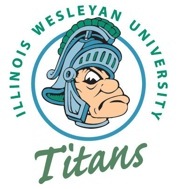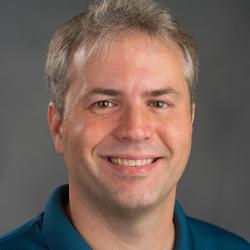Below is a summary of the abstract you submitted. Presenting author(s) is shown in bold.
If any changes need to be made, you can modify the abstract or change the authors.
You can also download a .docx version of this abstract.
If there are any problems, please email Dan at dar78@pitt.edu and he'll take care of them!
This abstract was last modified on May 15, 2025 at 12:49 p.m..

Over the last 10 years I have been running SEA lab using both a SEA-program host (either Mycobacterium smegmatis or Microbacterium foliorum) and a host of my own choosing – the aquatic alphaproteobacterium, Rhodobacter capsulatus. While phage hunting for R. capsulatus has proven to be more difficult than the SEA-program hosts, students working with me have managed to isolate an average of about 6 new RcPhages per school year. Using the same criteria applied to phages isolated on the SEA-program hosts we’ve been able to organize many of them into 7 clusters (RcA-RcG). Phages in our RcD cluster tend to be represented much more than others in the collection with about 40% of the ones we have found belonging to this group. Others are much rarer, with two clusters having only two members and four of our phages being singletons. Beyond simply being rare, several of these phages have notably unique features that make them stand out in the collection. These unique features will be highlighted.

